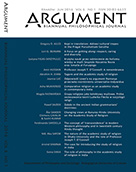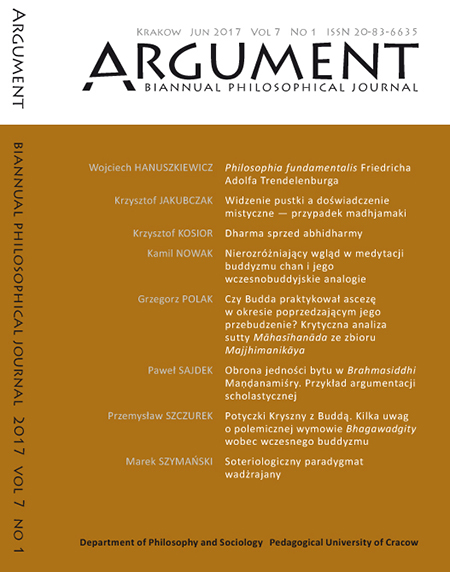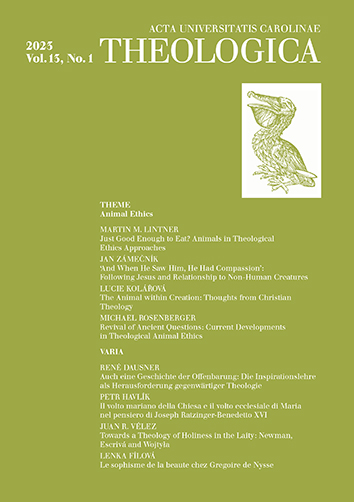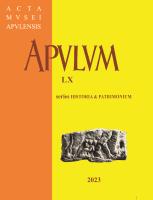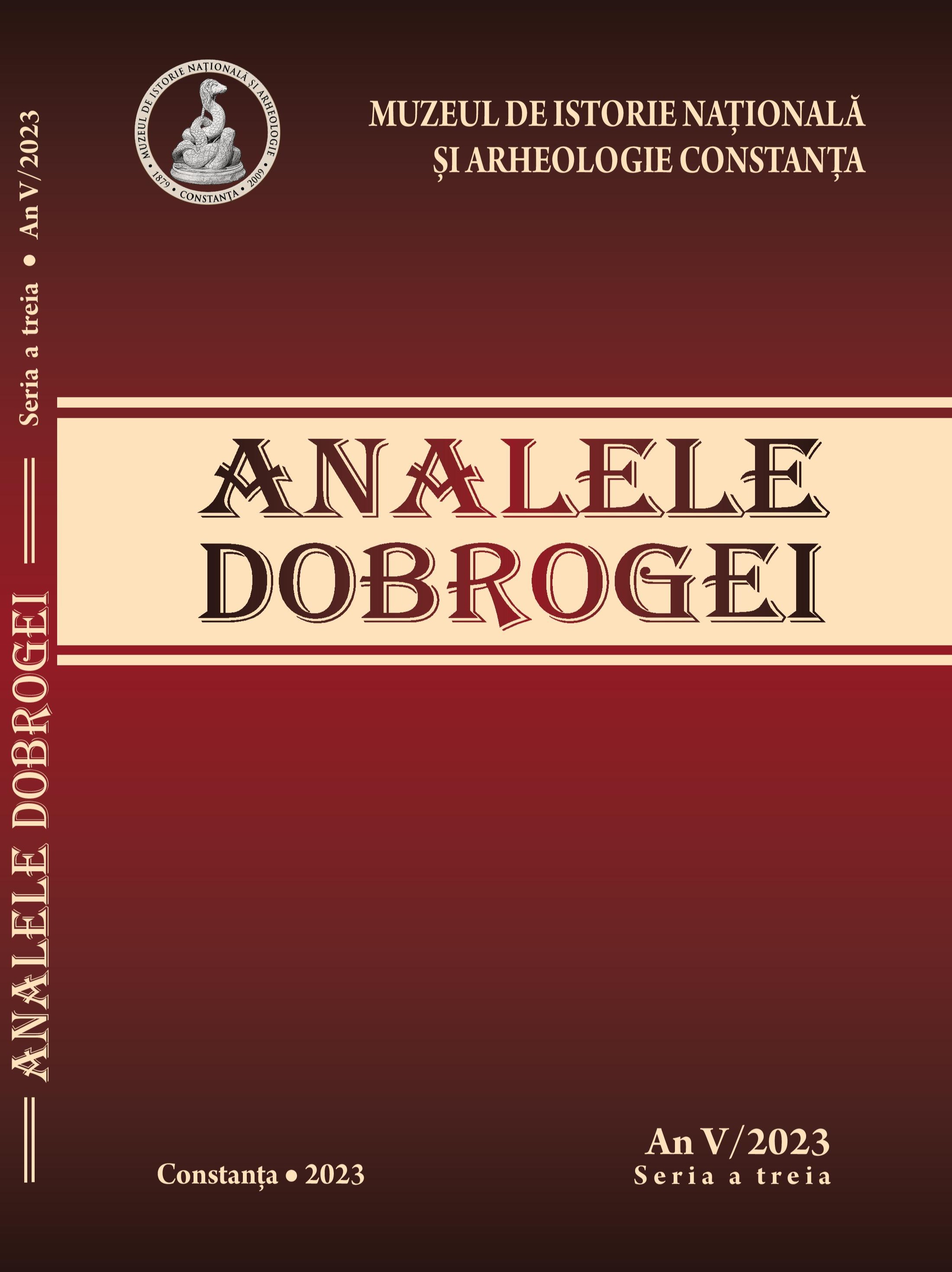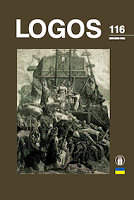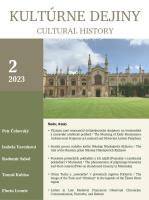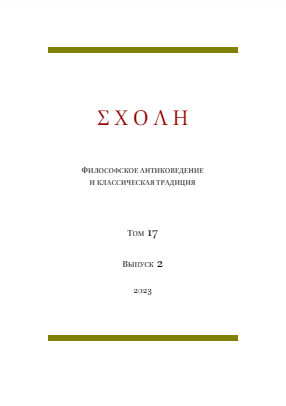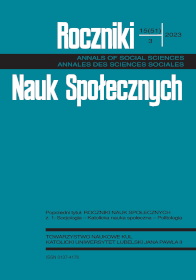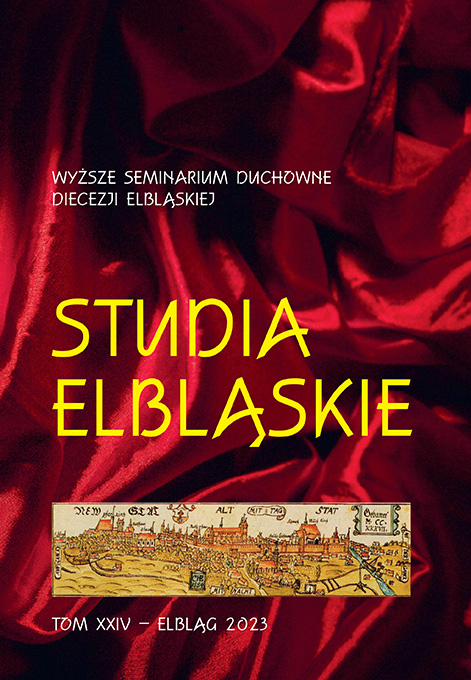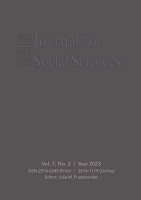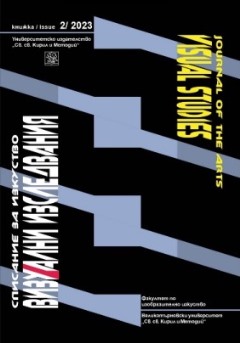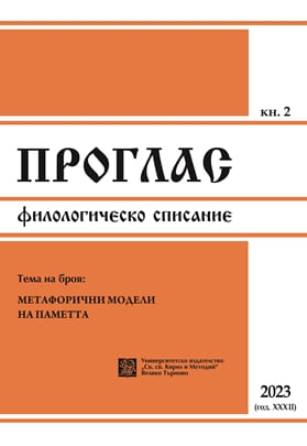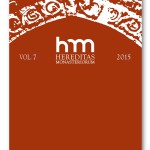
Les crises de l’église régulière parisienne au XVIIIe siècle
The 18th century was marked by several internal contradictions among Parisian monasteries, which at some point came to a head. Doctrinal conflicts affected monks who sought maintain rigor in their devotional practices; these monks found support among the Jansenist clergy. However, such positions led to repressive measures imposed by the monarchy. Aside from internal splits, successive financial crises left various monasteries without the wherewithal to celebrate funeral masses. Moreover, the enlightened monarchy sought to suppress the least numerous orders and to close understaffed monasteries. Several monasteries, in particular those demonstrating financial sagacity, prospered either through developing rental property in urban areas or revaluating leases on extensive agricultural estates. In general, however, collection of donations and fees for requiem masses dwindled towards the end of the 1780s. Thus a number of factors conspired to weaken the monasteries; a combination of internal and external factors ultimately led to the demise of the religious orders in Revolutionary France.
More...
